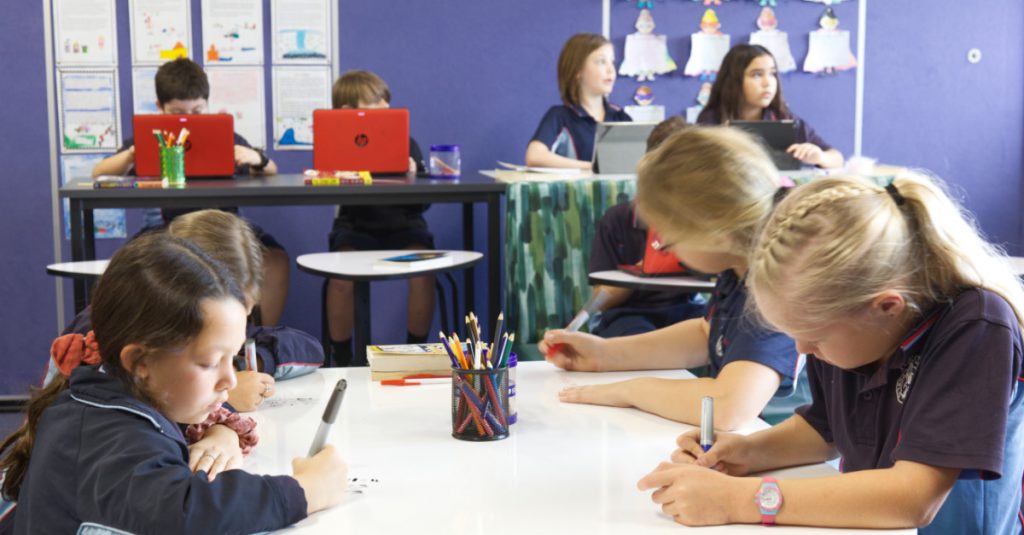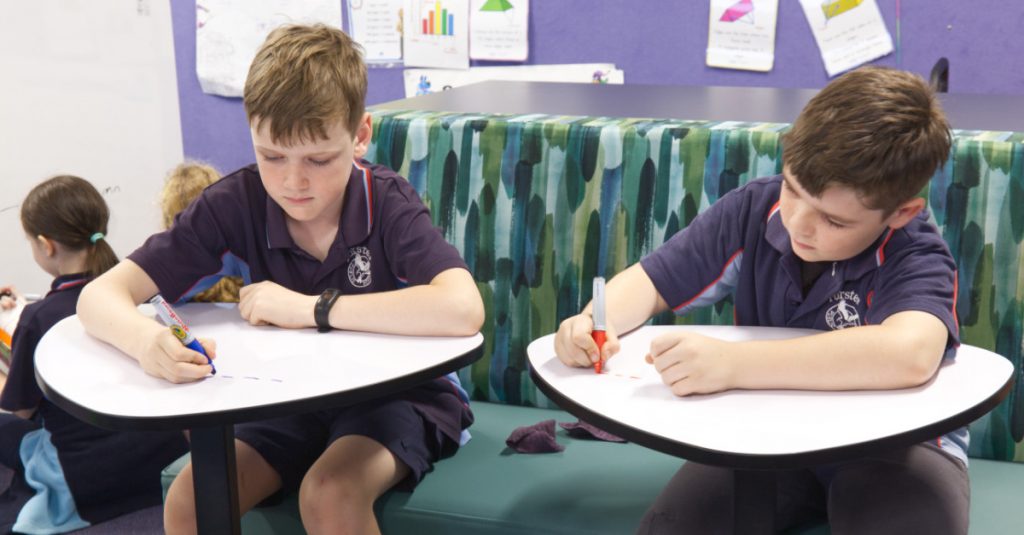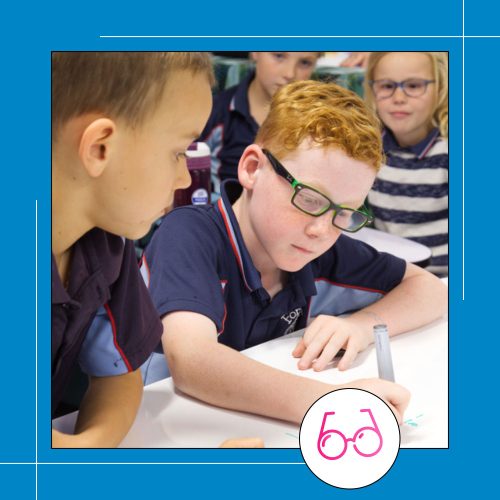Should We Embrace Student Doodling?
As most teachers will tell you, it can be frustrating when students don’t seem to be paying attention to you.
They fidget instead of making eye contact with you; they doodle on their papers instead of doing their work.
Your natural inclination might be to assume they are being disrespectful or purposely avoiding class participation. However, what if we embraced doodling instead of thinking the worst of it? What if we provided our students with tools and activities that encouraged them to learn and express themselves creatively?
There are many advantages to allowing students to doodle in class, as well as some products that can help them do so in less destructive ways.
First, it’s important to understand why students doodle in the first place. For some of them, it may be a sign that they are bored or not feeling challenged. For others, it might be an expression of their anxiety.
Still others might simply enjoy expressing themselves creatively and don’t feel as if they have any other creative outlets.
All of these are valid reasons for drawing, as long as it’s not on their arms, over their homework, or on their student desks!

The good news is, there is plenty of proof that doodling is actually good for your students’ brains. It keeps the brain active, acts as a relaxation technique for students who are stressed, and provides additional cognitive benefits.
According to Harvard University, a study in 2009 with forty subjects showed that when people were asked to recall details from a boring voicemail message, those who doodled while listening to the message recalled 29% more information.
The study was led by Jackie Andrade, a psychology professor at the University of Plymouth in England.
While they don’t quite understand why these subjects retained more information, it is clear that there is some connection between doodling and memory.
Just as young children wander away at story time, older children are capable of doodling and listening at the same time. They may even be retaining more information than some of their peers who don’t doodle.
Doodling Can Lead to Higher Learning
Another benefit of doodling is that students can release their stress and frustrations in a creative way.
If your students are drawing in class, it may just be a sign that they need a break or are dealing with issues that you don’t know about. It might not even have anything to do with the class material, although it could be a sign that they are feeling overwhelmed or not challenged.
You can embrace student art in class by providing students with ways to incorporate their doodling into their learning process.
For example, note taking can be enhanced by allowing your students to include small sketches, cartoons, or mind maps in their notes. For visual learners, these drawings can trigger them to remember more than words ever could.
Students can also review complex concepts through sketching. An example of this at work is the Picturing to Learn Project, which occurred in 2007 through 2010 and was sponsored by the National Science Foundation.
During this program, students were asked to explain complex scientific processes through drawing them.
Most students could explain complex processes through drawing, even if they could not express them orally with much accuracy.
These drawings now exist on a database on the website for other teachers and students to use.
This idea can be used in any content area, from Algebra to English Language Arts. Ask your students to draw a storyboard that explains the complex plot of a Shakespearean play, or have them create an entire graphic novel based on a classic novel. Each of these activities require higher level thinking skills.
First, your students must understand the basic plot, then translate it into easier to understand language, and finally interpret it visually.
Invest in Whiteboards

One handy tool that can make your life easier is the whiteboard. You probably already have a whiteboard in your classroom, and you may even have small lap boards for your entire class.
If so, encourage your students to answer math problems on their whiteboards. They easily erase when a student makes a mistake without the mess that pencil erasers leave behind.
If you have whiteboard desks in your classroom, your students will love them for a variety of doodling activities!
Give your doodlers a small marker so that they can draw while listening to class lectures. For more structured activities, encourage them to collaborate with their peers on group projects by brainstorming in the middle of their desks together.
You can even have your students do any activities on the whiteboard that they would normally do on paper.
For example, if you’re reviewing the anatomy of a cell, ask your students to sketch the anatomy on their whiteboard desks. Then, walk around the room and quickly see who has mastered the concept and who has not. It’s a quick and easy form of assessment. It also allows the shyer students to show their mastery of a subject without having to raise their hands and speak in front of the entire class.
So much research on doodling as a creative learning tool exists. A 2014 article published in NOVA, discusses a follow-up to the 2009 study, which happened in 2011.
In the study, a number of Australian researchers tested this theory in a science class.
They encouraged students to draw while reading from the textbook and taking lectures. Students who illustrated their notes reported feeling more engaged and entertained by the work than students who did not.
Conclusion
In an article published in Psychological Science, Pam A. Mueller and Daniel M. Oppenheimer assert that students who rely on typing their notes don’t process the information as deeply as students who write by hand.
They tend to copy a lecture word for word instead of processing it as they write it down. When students have to decide which information is important enough to write down, and how to express it, they learn more effectively.
Guilia Forsythe, the Associate Director for the Centre for Pedagogical Invocation at Brock University in St. Catherines, Ontario, Canada, advocates for visual note-taking using an iPad or tablet.
She uses her visual notes to make sense of ideas and concepts and then share her findings with teachers on the internet.
She says that when she sketches, she can make more connections between ideas, even when daydreaming and not consciously trying to learn.
Many students enjoy drawing via technology, but if you don’t have an iPad or fancy software, your students can achieve the benefits of doodling with simple pen and paper or a whiteboard desk, which you might already have in your classroom.
When you encourage your students’ doodling habits instead of dismissing them as nonsense, you’re sure to see how it can improve the learning environment of your classroom.











